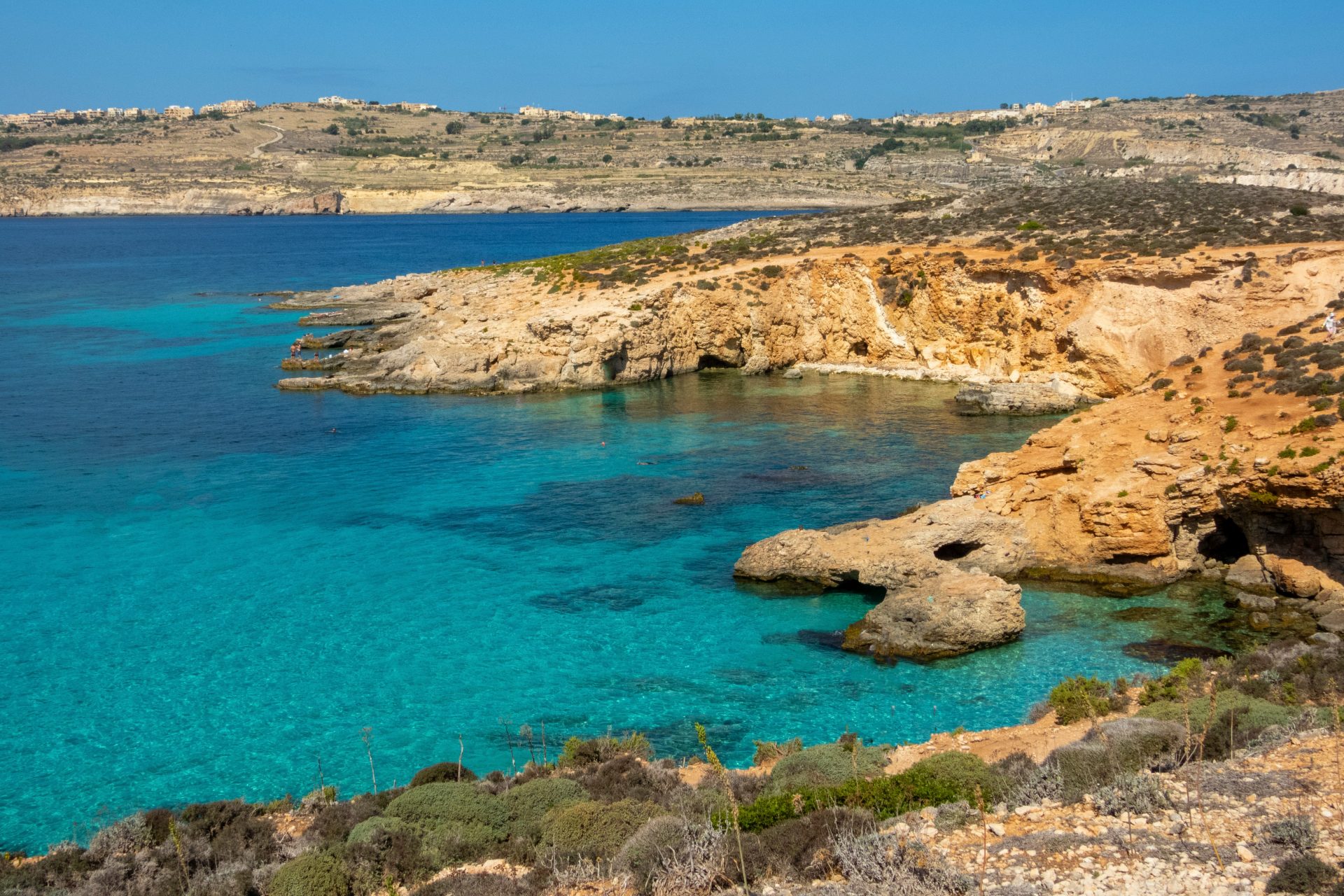According to recent cruise industry data, over 75% of European cruise passengers visit the same handful of major ports, leaving countless gems undiscovered. I’ve spent years exploring Europe’s lesser-known harbors, and these hidden ports offer something increasingly rare in modern travel – authenticity without the crowds. From ancient fishing villages turned artistic havens to medieval trading posts preserving centuries of maritime history, these destinations prove that sometimes the best adventures lie off the beaten path.
Undiscovered Ports Along the Mediterranean Coast
The Mediterranean coastline harbors extraordinary port cities that remain refreshingly authentic and uncrowded. Castellón, Spain’s ceramic heartland, presents visitors with a perfect blend of artisanal heritage and coastal charm. The city’s pristine beaches stretch alongside fragrant orange groves, while its historic center showcases centuries of ceramic craftsmanship in its architecture and museums.
Portoferraio, nestled on Elba Island, carries the fascinating legacy of Napoleon’s exile. The harbor town’s pastel-colored buildings cascade down to crystal-clear waters, while Napoleonic residences and fortifications tell tales of the emperor’s time on this stunning Italian isle.
Croatia’s gem, Šibenik, stands proud with its UNESCO-listed St. Nicholas Fortress and Cathedral of St. James. Unlike its more famous coastal neighbors, this fortress town maintains an authentic atmosphere where local life unfolds against a backdrop of medieval architecture and winding stone streets.
Volos, an ancient Greek port, serves as both a captivating destination and gateway to the mystical Meteora monasteries. The city’s mythological connections to Jason and the Argonauts blend seamlessly with its modern waterfront promenade and traditional tsipouradika taverns.
Hidden Harbors of Northern Europe
Northern Europe’s lesser-known ports offer extraordinary maritime heritage and cultural experiences. Stavanger’s streets burst with vibrant street art while preserving Europe’s largest wooden house district, Gamle Stavanger. The Norwegian city perfectly balances its oil industry present with its fishing village past.
Wismar transports visitors back to the golden age of the Hanseatic League. This German port town’s medieval square, brick Gothic architecture, and historic harbor remain remarkably intact, providing an authentic glimpse into maritime trading history.
Sweden’s Karlskrona spreads across 33 islands, featuring a remarkable naval heritage recognized by UNESCO. The archipelago setting provides a stunning backdrop to 17th-century dockyards, maritime museums, and fortifications that tell the story of Swedish naval power.
Mariehamn, capital of Finland’s autonomous Åland Islands, celebrates its maritime heritage through preserved sailing ships and nautical museums. The town’s Russian-era grid layout, filled with wooden villas and tree-lined avenues, creates an atmosphere of timeless elegance.
Secret Ports of Western Europe
Saint-Malo rises defiantly from the French coast, its granite ramparts unchanged since the corsair era. Walking these walls offers spectacular views of the emerald waters while the cobblestone streets below hide gourmet restaurants and artisanal shops within the historic intra-muros district.
Viana do Castelo showcases Portugal’s architectural evolution through its Gothic, Renaissance, Baroque, and Art Deco buildings. The hilltop Basilica of Santa Luzia provides panoramic views of the Atlantic coastline and Lima River estuary.
Dartmouth’s colorful medieval buildings reflect in the River Dart’s waters, creating a picturesque scene that has inspired artists for centuries. This English port town’s narrow streets reveal Tudor merchants’ houses, ancient public houses, and maritime artifacts from its seafaring history.
Cobh’s cathedral spire dominates the skyline of this Irish harbor town, where the Titanic made its final port call. The town’s multicolored houses create a photographer’s paradise, while its heritage centers document stories of emigration and maritime tragedy.
Making the Most of Small Port Visits
Timing significantly impacts the port experience. Spring and autumn offer mild temperatures and fewer tourists, though some northern ports shine during the midnight sun of summer. Many of these destinations host fascinating festivals celebrating their maritime heritage, local produce, or cultural traditions.
Local transportation networks vary significantly between ports. While some towns are perfectly walkable, others benefit from efficient bus systems or water taxis. Historic centers typically offer the most rewarding walking routes, with clear signage directing visitors to key attractions.
Cultural customs differ across these European ports. Northern towns often observe quiet hours and punctual dining times, while Mediterranean ports embrace a more relaxed schedule with later meals and extended siestas.
Each port offers distinctive culinary experiences. Try pintxos in northern Spain, fresh seafood in Croatian konobas, or traditional smørrebrød in Scandinavian ports. Local markets provide excellent opportunities to sample regional specialties and interact with residents.
Planning Your Alternative Port Adventure
Several smaller cruise lines specifically target these hidden harbors, offering intimate experiences away from mainstream routes. Boutique vessels can access smaller docks, often positioning you closer to town centers than larger ships.
Weather patterns vary dramatically between regions. Mediterranean ports enjoy extended seasons, while northern destinations require more careful timing to avoid rough seas or extreme temperatures. Research local festivals and events that might enhance or impact your visit.
Independent exploration often yields the most rewarding experiences in these ports. Consider alternatives to standard shore excursions: local walking tours, bicycle rentals, or food-focused adventures provide authentic perspectives on port life.
Photography enthusiasts find endless opportunities in these characterful harbors. Early morning light illuminates fishing boats and misty harbors, while sunset creates dramatic silhouettes of church spires and fortress walls. Elevated viewpoints, often from historic fortifications or nearby hills, offer spectacular panoramas of these maritime treasures.
Your Next Maritime Discovery Awaits
The beauty of these hidden European ports lies in their ability to offer authentic experiences without the overwhelming crowds of major cruise destinations. By choosing these alternative harbors, you’ll discover the true essence of European coastal life while supporting local communities. Consider including at least one of these charming ports in your next cruise itinerary – your future travel stories will thank you.

